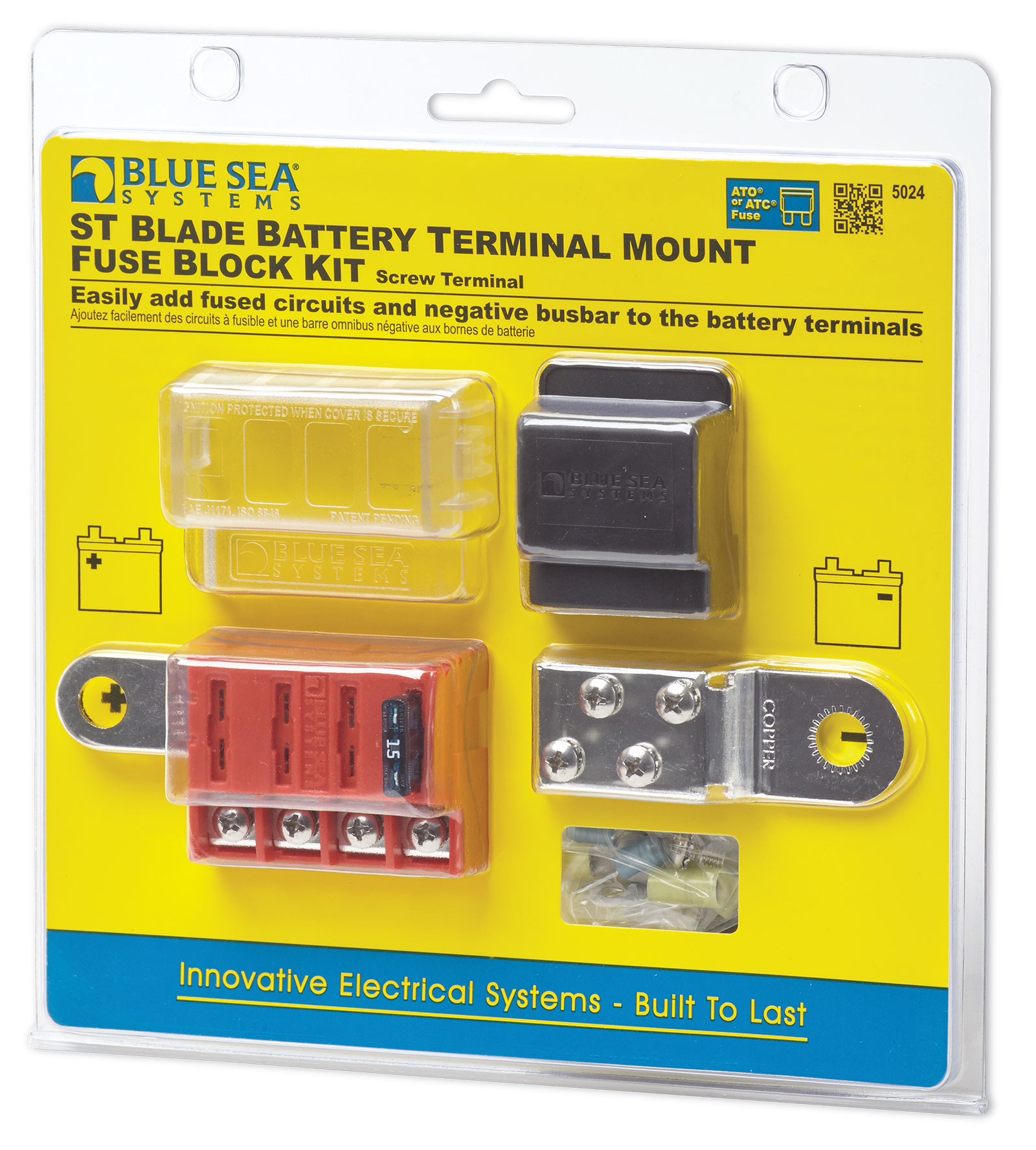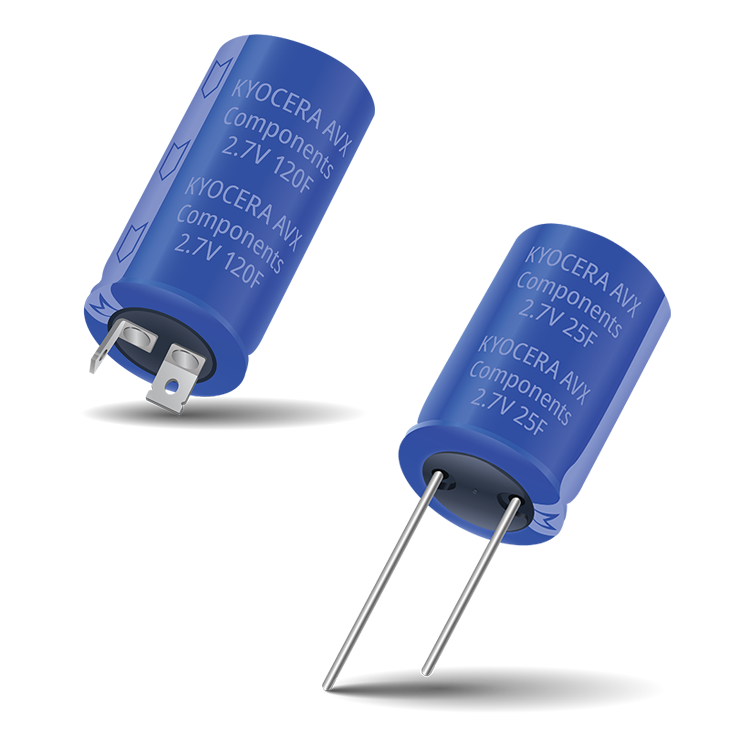gatorgrizz27
Well-known member
I recently installed the Midland MXT275 radio in my vehicle, but have run into a bit of an inconvenient issue.
When running trails, I often get out and scout sections on foot, usually from 2-10 minutes. Being a long time Land Rover owner and not trusting their cooling systems to not spontaneously explode, I don’t like to leave vehicles idling when I’m not sitting in them.
If the MXT275 loses power, obviously it turns off, but it doesn’t come back on when you start the vehicle again like a stereo does, you have to manually turn it back on each time.
So far it’s just been an annoyance, but it has the potential to be a more serious problem if you forget to do it before proceeding and somebody else is trying to get you attention over the radio that you’re about to back into a tree, a dog just ran in front of you, etc.
At this point I just have it plugged into the 12v socket, I will be hard wiring it into an accessory fuse block that’s ignition controlled by a solenoid, so it will work the same way. I have a switch to the relay that will allow me to override the ignition trigger and keep it hot constantly, but the radio may still lose power and cut out during cranking.
My thought was to wire in a small capacitor between the fuse block and the radio that would allow it to stay powered up in standby mode for 10 minutes or so with the key off, and keep it from shutting off during cranking.
It’s a 15 watt radio so it should only draw around 1 amp, especially when not transmitting. However I’m not sure what size capacitor I would need or if this is even a good solution to it.
I’m good with wiring but my electrical engineering experience is limited. I’m familiar with the 12v ones used for car audio systems, but I’m hoping to find something smaller and cheaper.
When running trails, I often get out and scout sections on foot, usually from 2-10 minutes. Being a long time Land Rover owner and not trusting their cooling systems to not spontaneously explode, I don’t like to leave vehicles idling when I’m not sitting in them.
If the MXT275 loses power, obviously it turns off, but it doesn’t come back on when you start the vehicle again like a stereo does, you have to manually turn it back on each time.
So far it’s just been an annoyance, but it has the potential to be a more serious problem if you forget to do it before proceeding and somebody else is trying to get you attention over the radio that you’re about to back into a tree, a dog just ran in front of you, etc.
At this point I just have it plugged into the 12v socket, I will be hard wiring it into an accessory fuse block that’s ignition controlled by a solenoid, so it will work the same way. I have a switch to the relay that will allow me to override the ignition trigger and keep it hot constantly, but the radio may still lose power and cut out during cranking.
My thought was to wire in a small capacitor between the fuse block and the radio that would allow it to stay powered up in standby mode for 10 minutes or so with the key off, and keep it from shutting off during cranking.
It’s a 15 watt radio so it should only draw around 1 amp, especially when not transmitting. However I’m not sure what size capacitor I would need or if this is even a good solution to it.
I’m good with wiring but my electrical engineering experience is limited. I’m familiar with the 12v ones used for car audio systems, but I’m hoping to find something smaller and cheaper.



